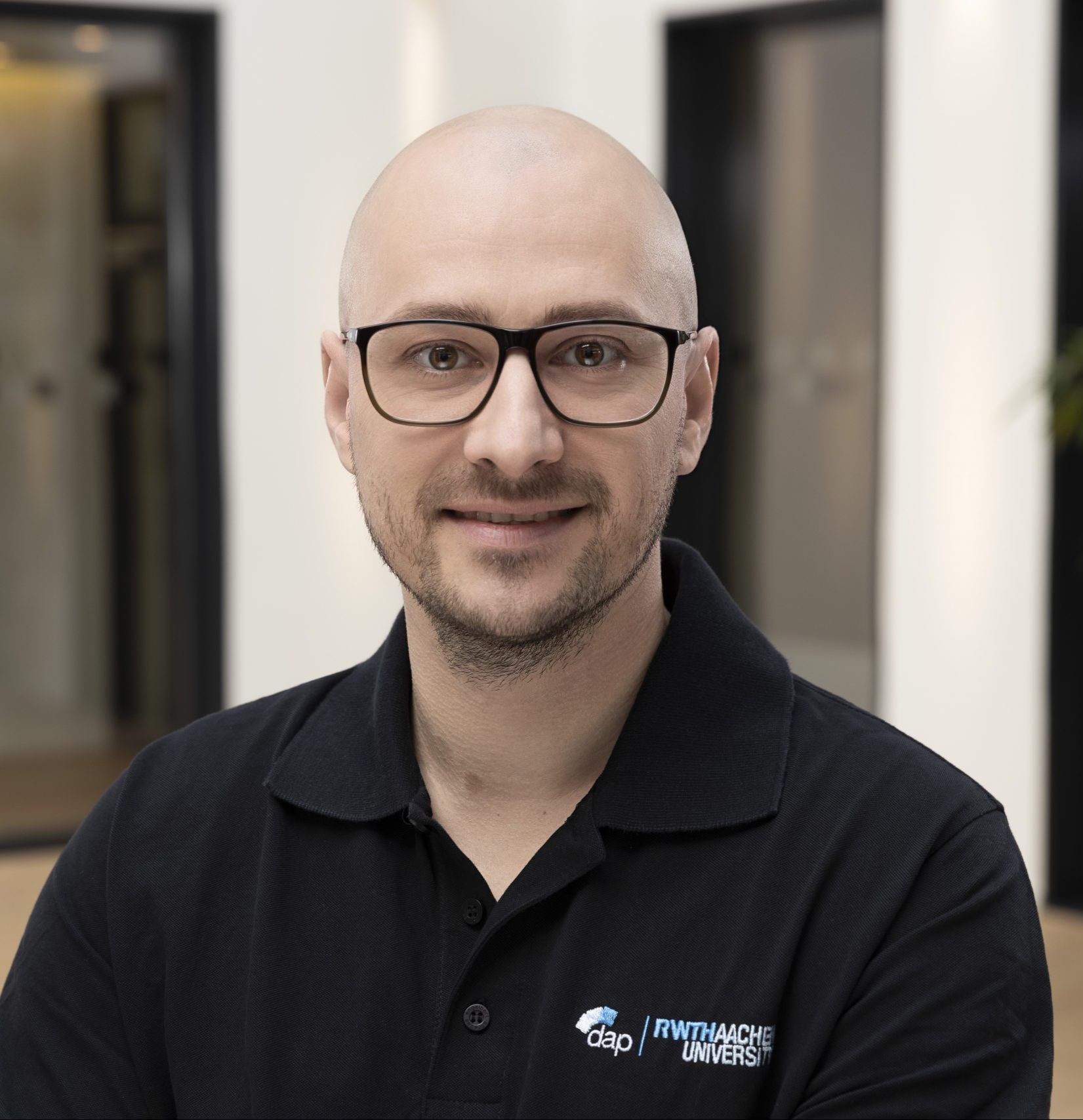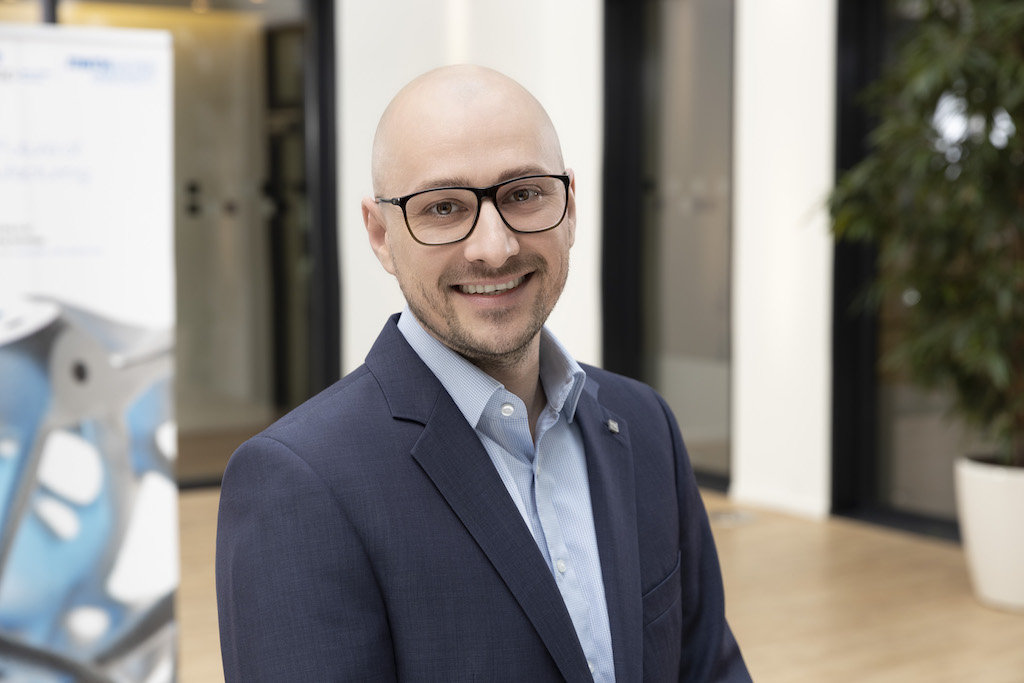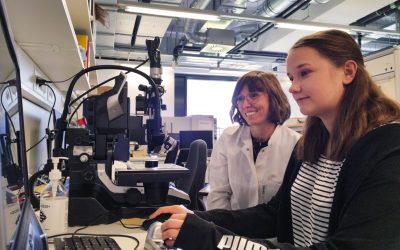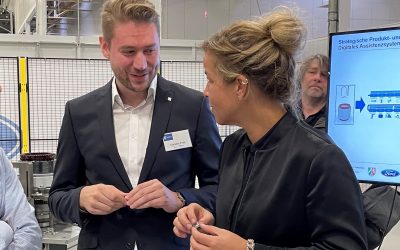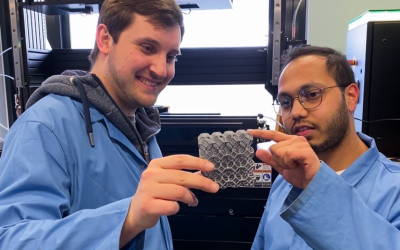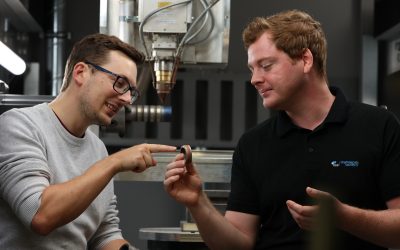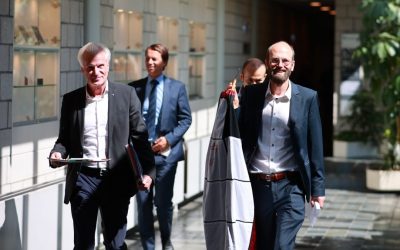THe Faces beyond our research
#IamDAP: Stefan Reich
Stefan has been part of the team at the DAP Chair since 2019. As head of the Digital Product group, he is particularly involved with the topics of digitalization and Industry 4.0. In his dissertation, he is investigating the influences of surface roughness on the durability of additively manufactured components.
→ Stefans profile at a glance
Stefan, you already had a taste of working in the industry before you returned to research. What motivated you to do so?
For about eight years I worked as a Mechanical Design Engineer in the combustion department for gas turbines at Siemens AG. During three of these years, I was responsible for Mechanical Design in the simulation- and test-based development of combustion systems. In this context, I became familiar with additive manufacturing processes, especially Laser Powder Bed Fusion (LPBF). This process has the potential to meet the demand for ever-shorter iteration cycles and also offers enormous design potential.
As part of my master’s thesis for my part-time studies in simulation and experimental technology in the spring of 2016, I dealt with the creation of design guidelines for additively manufactured gas turbine components. The objective was to harness the full potential of the manufacturing process and make it available to a wider audience.
After successfully developing a burner for the Siemens SGT6-9000HL gas turbine, I left the company to pursue my doctoral studies at the DAP Chair of the RWTH. This position was particularly appealing as it allowed me to further develop my leadership skills. Today, I lead a group of ten scientists and coordinate national and international research projects, as well as the acquisition of new publicly funded and industry-funded projects.
You have studied process, energy, and environmental technology and subsequently simulation and experimental technology. How can you apply this knowledge to your work in the field of additive manufacturing?
The topics on process engineering accompany me today, especially in projects in the field of (hydrogen) combustion. The combustion process of hydrogen differs considerably from the combustion of conventional fuels so that conventional combustion systems cannot simply be operated with hydrogen. To realize this, the characteristics of hydrogen combustion, such as thermodiffusive instabilities, must be further researched, so that adapted combustion systems can be developed. This is where additive manufacturing with its design freedoms comes into play. To design the additively manufactured components and predictively determine their durability, we use state-of-the-art simulation methods.
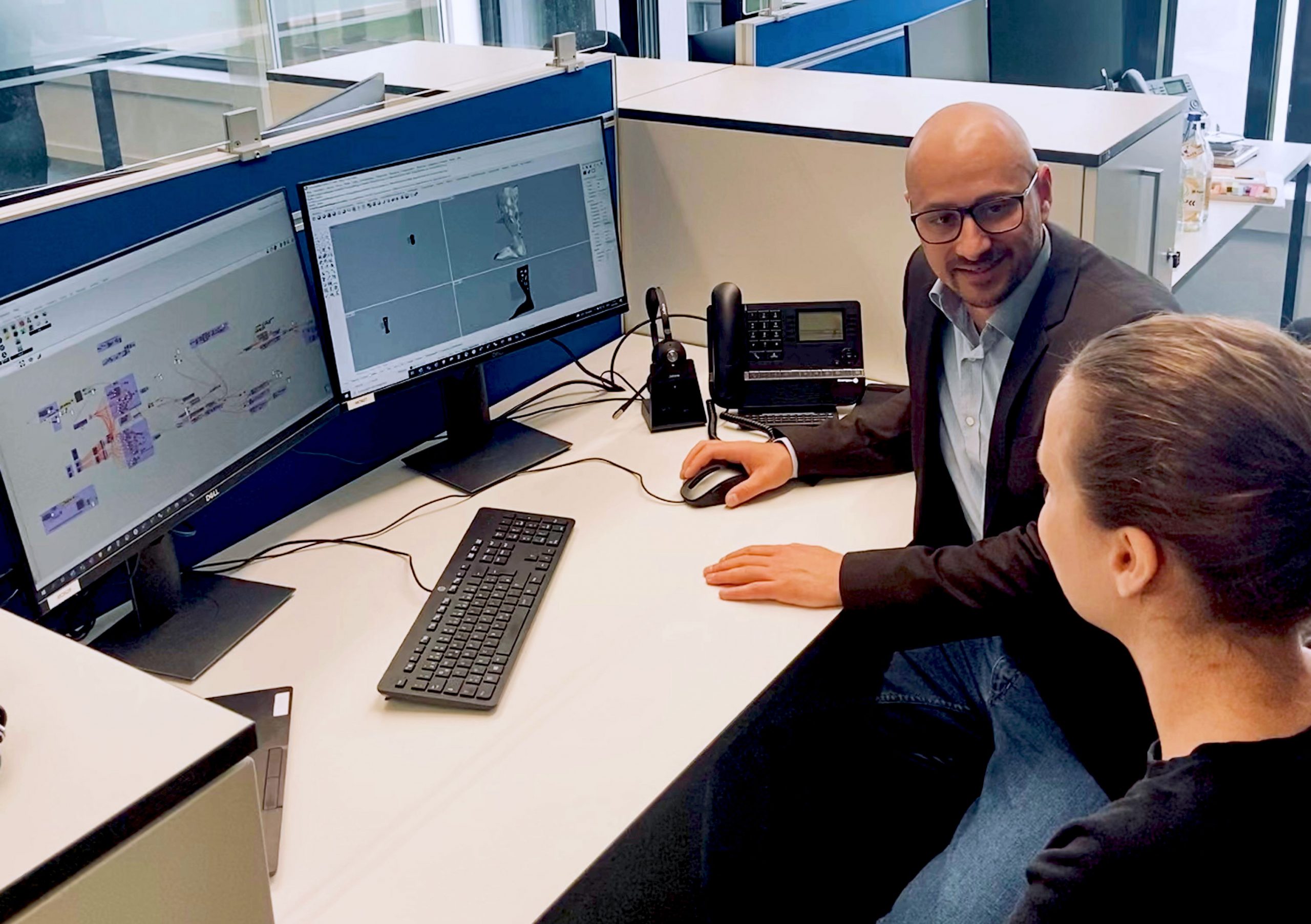
Topic “Influences of surface roughness on the durability of additively manufactured components”: What does that mean?
When designing components for strength and fracture resistance, it must be ensured that the required durability is reliably and safely achieved under time-varying, cyclic operating loads. Under cyclic loading, material defects can affect fatigue strengths, depending on their shape, position, and arrangement relative to each other. The surface quality, due to the LPBF process, influences the fatigue strength of the components. However, the existing models often describe the influence of periodic surface roughness on fatigue strengths, as it is known from milled or turned surfaces. The applicability of these models to additively manufactured components is therefore severely limited. In my work, I would like to investigate whether and how LPBF-specific surface topography can be used by means of design concepts to predict the durability of components more accurately.
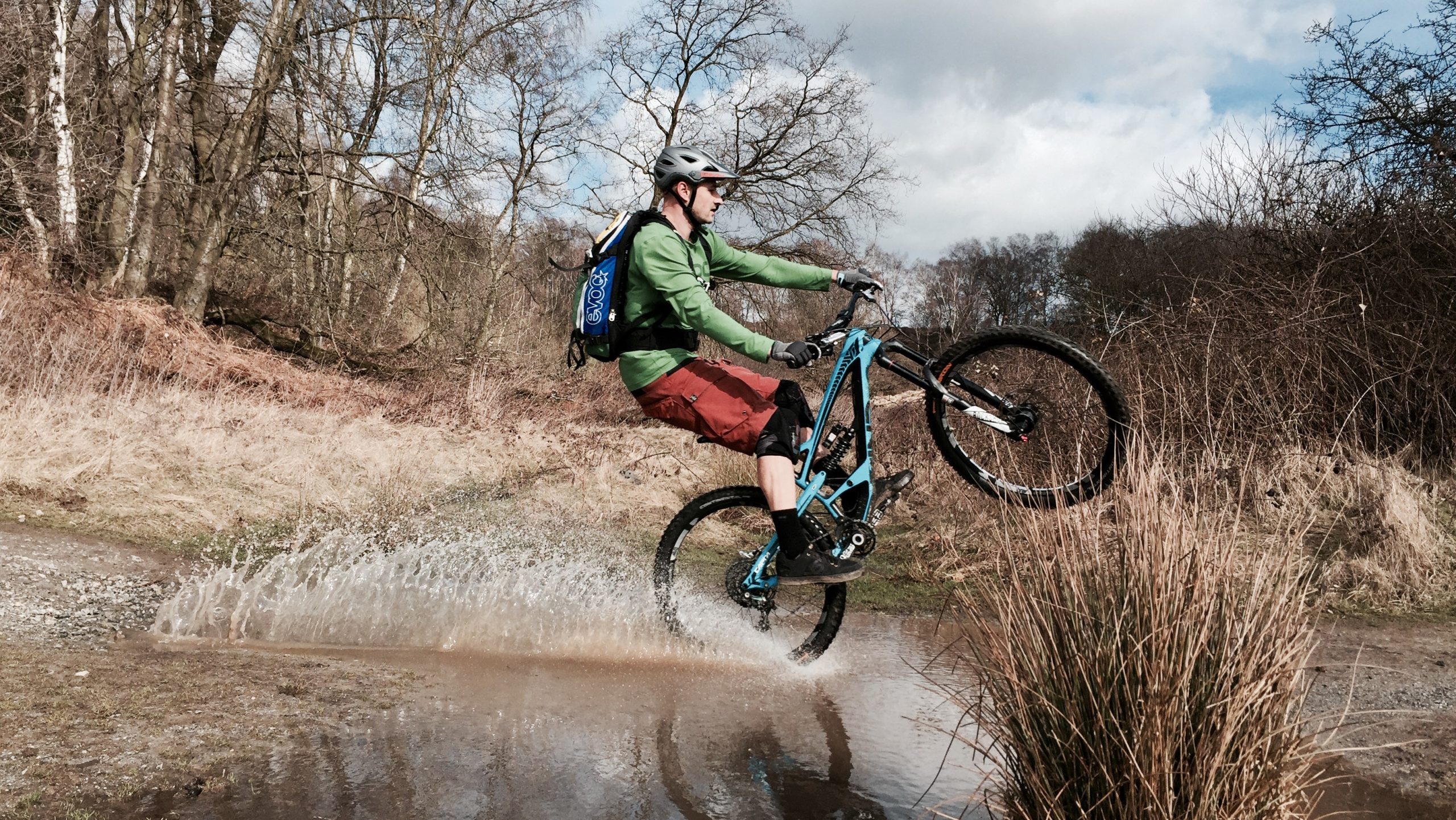
Do you have a specific application example for your research?
Complex components in combustion engines or heat exchangers with internal structures that are difficult or impossible to rework mechanically.
In your free time, you tend to avoid combustion engines: You like to ride your mountain bike. Do you have a story for us?
I got my current bike a few moons ago on my father-in-law’s birthday. We were supposed to have dinner in the evening. But of course, I eagerly wanted to try out my new bike before, so I drove into the forest and on the first ride downhill I hit my foot on a stone. Modern MTB have very low-lying bottom brackets. 😉 Unfortunately, my big toe was thereby deformed and had to be straightened in the hospital. For dinner, I then had fast food on my couch and afterward, I had to walk with crutches for a few weeks.
Stefan Reich, M. Sc.
RWTH Aachen Chair
Digital Additive Production DAP
Campus-Boulevard 73
52074 Aachen
Further news
#IamDAP: Sabine Fröhlich
The Faces beyond Our Research #IamDAP: Sabine Fröhlich Sabine joined the DAP in 2020 to help building our metallographic and analytical laboratory. Leading the Metallography department, Sabine coordinates the functioning of the laboratory as well as the training of...
#IamDAP: Carsten Putz
The Faces beyond Our Research #IamDAP: Carsten Putz Carsten studied mechanical engineering at RWTH and has been part of the Digital Product Group at DAP since January 2021. Already as a student, he was passionate about cars and e-mobility, and recognized the potential...
#IamDAP: Henrik Kruse
the faces behind our research #IamDAP: Henrik Kruse Henrik is a materials scientist who joined the Digital Product group in March 2021. He has had a passion for metallic materials since his undergraduate studies at RWTH Aachen. He first encountered Additive...
#IamDAP: Sebastian Bold
the faces behind our research #IamDAP: Sebastian Bold Sebastian – Chemist and Dr. rer. nat. – is a hydrogen expert and music enthusiast. He is one of the newer members of the DAP and joined the chair in February 2022 as the new manager of the Research Area Hydrogen....
#IamDAP: Miriam Ludwigs
the faces behind our research #IamDAP: Miriam Ludwigs Miriam has a bachelor's degree in business psychology and is the group leader of the Shared Services group. Her daily businesses are finances, general administration coordinating with the marketing and...
#IamDAP: Jonas Zielinski
the faces behind our research #IamDAP: Jonas Zielinski Jonas is (almost) a Ph.D. physicist and founding member of the DAP chair. As part of the Digital Product group, he is thematically involved in the modeling of the relevant physical sub-processes along the Additive...
This picture shows a component that was developed in one of our projects together with Kueppers Solutions GmbH.

